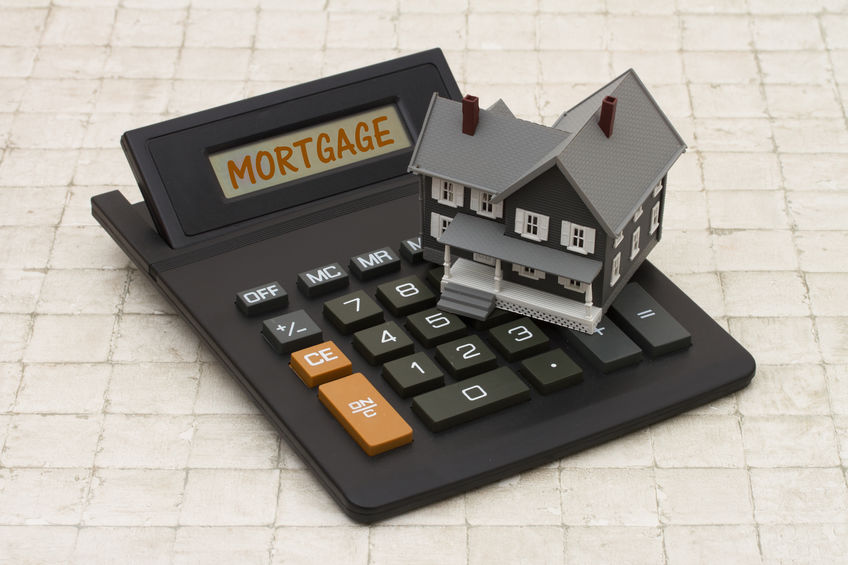Uh oh! Mortgage rates are on the rise… sort of. In early March, Freddie Mac announced that their 30-year fixed mortgage rate was over 3% (3.02%) for the first time since last July. While this news may be alarming to those who are looking to take advantage of historic low rates touted during the coronavirus pandemic, keep in mind that before the health crisis, the lowest recorded mortgage rate was 3.35% — and that was in 2012.
A rising mortgage rate may dominate the news, but it may not have such a negative affect on the housing market. For one thing, it really wasn’t much of a surprise; it has been widely predicted that rates could rise slightly in 2021 and as we emerge from pandemic uncertainty.
Also, Freddie Mac admitted that the rate increase was not alarming, saying:
“The rise in mortgage rates over the next couple of months is likely to be more muted in comparison to the last few weeks, and we expect a strong spring sales season.”
That’s right! They predict a strong spring sales season!
Rising mortgage rates are often a sign of an improving economy; a sign of ongoing national economic recovery.
For sellers, this is good news for housing prices. Though due to lack of inventory and other factors, many housing prices were artificially high already.
Buyers, who obviously would rather mortgage rates not rise at all, should consider what a difference the 3.02% rate really means as an increase in their monthly mortgage payment. While these increased rates may not be as incredible as the sub-3% rates we have seen over the previous seven weeks, they are still very close to the all-time low, which Freddie Mac recorded was 2.66% in December 2020.
Given mortgage rate history, a rate of 3.02% — or really anything under 4% — is really exciting and should continue to spur the market. Here are the average rates over the last five decades:
- 1970s: 8.86%
- 1980s: 12.7%
- 1990s: 8.12%
- 2000s: 6.29%
- 2010s: 4.09%
Conventional wisdom says that rising interest rates make buying or selling a home more difficult while decreasing interest rates make buying and selling easier. But this minimal rise in 30-year fixed mortgage rates doesn’t really do much to decrease home affordability given the current real estate market. Especially as we continue to see job growth and economic rebound, a rise in interest rates should not stymie the housing market.
Some say that today’s 30-year fixed mortgage rates — which could continue to hover around 3% — could also increase to 5% or more in the future since a strong economic recovery is expected following the COVID-19 pandemic. If this happens, it will really make news since the annual average for 30-year fixed mortgage rates has not reached 5% since 2009.
But overall, these slowly rising mortgage interest rates shouldn’t spark a panic. Despite the fact that mortgage rates are increasing, and buyers may not have been able to take advantage of historic lows, buying now still makes more sense than waiting, especially if rates continue to rise during the year.
At Freddie Mac’s reported 3.02%, it’s true that rates are slowly going up, and you might not get the same deal on interest you would have just last year. But relax! You will get a better rate than you could possibly have at almost any other point in history.
The market shows that other buyers have been undeterred as rates have risen over the last few weeks. So don’t get left behind! Contact us to start home shopping now so you can lock in a great rate while they stay this low and before they start climbing fast.




Leave a Reply